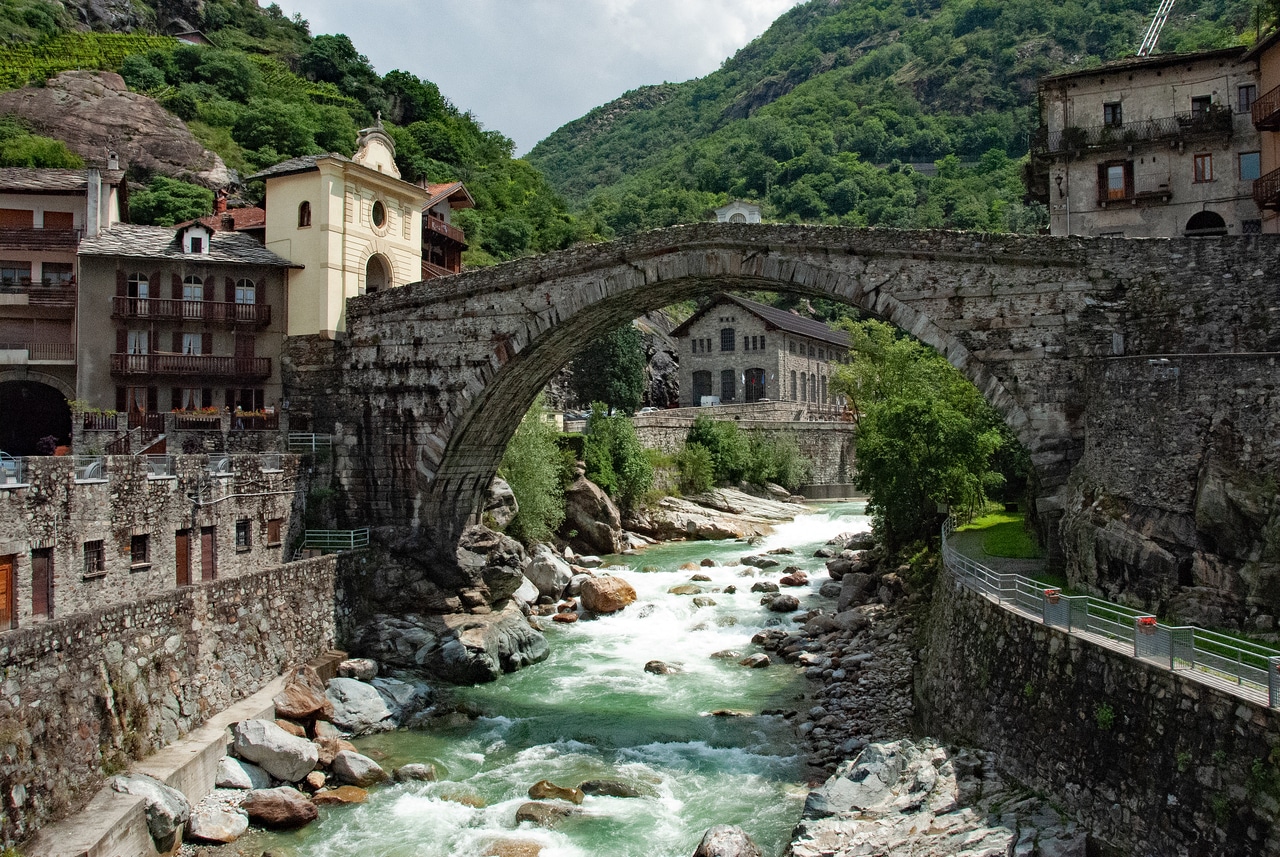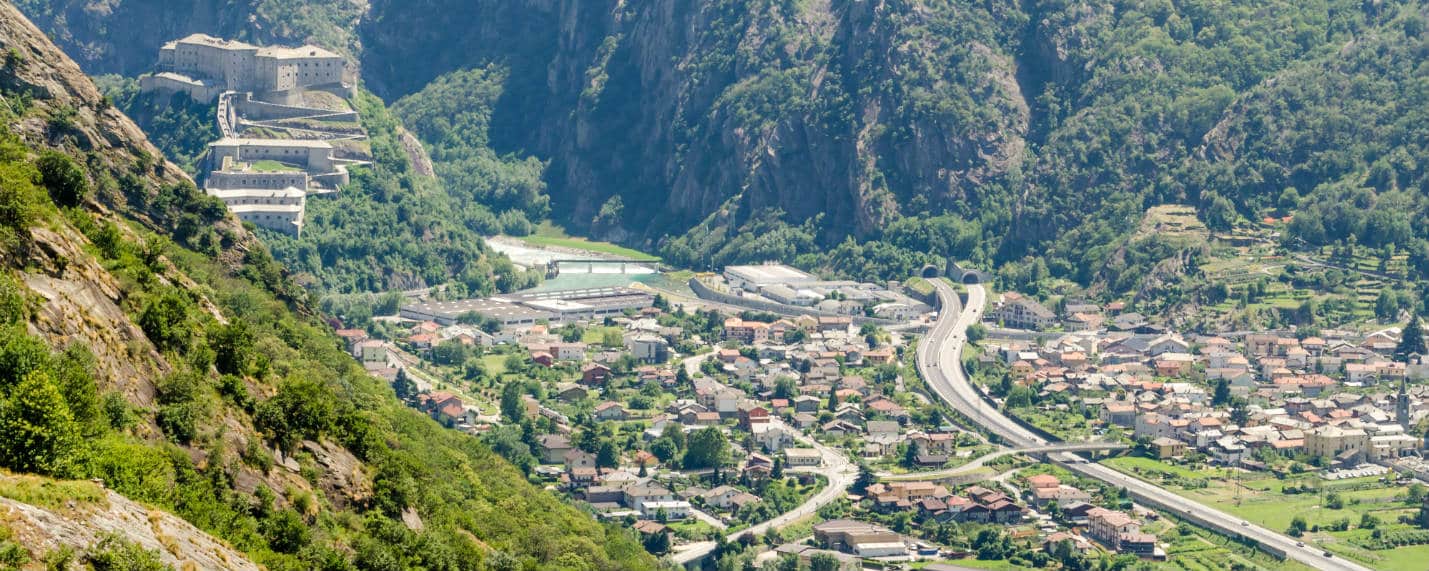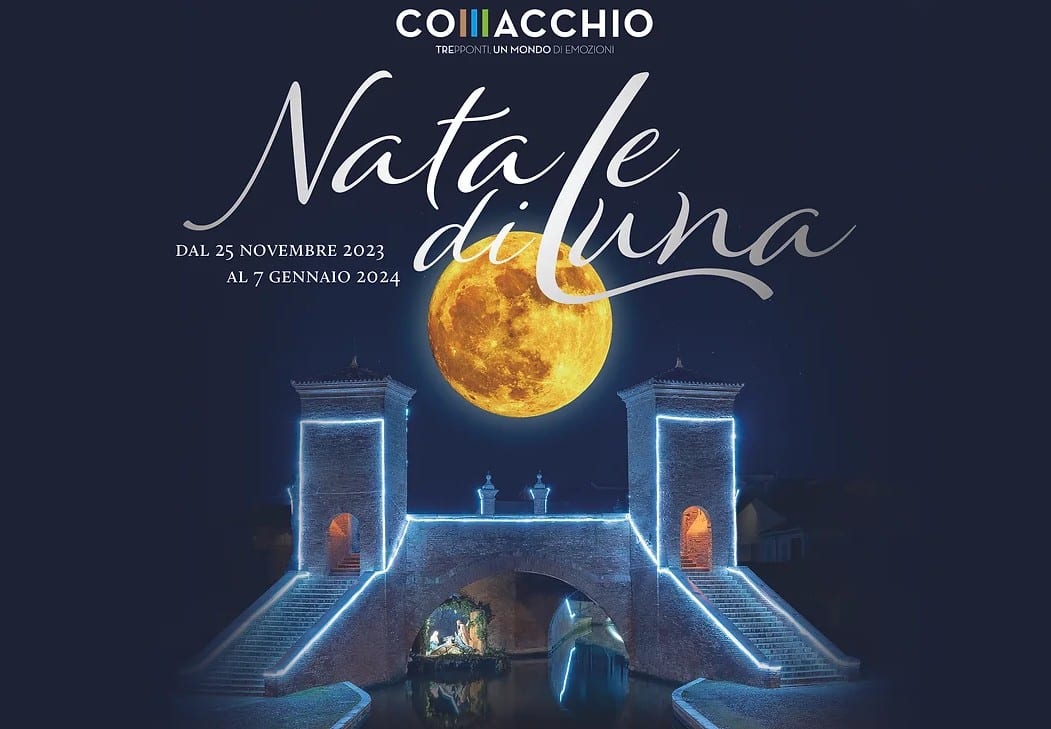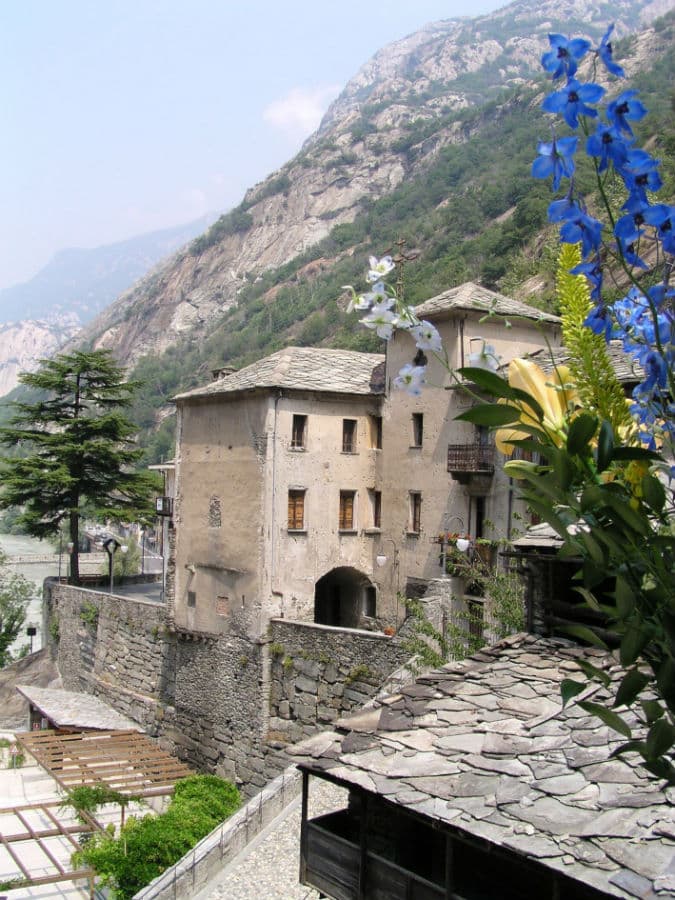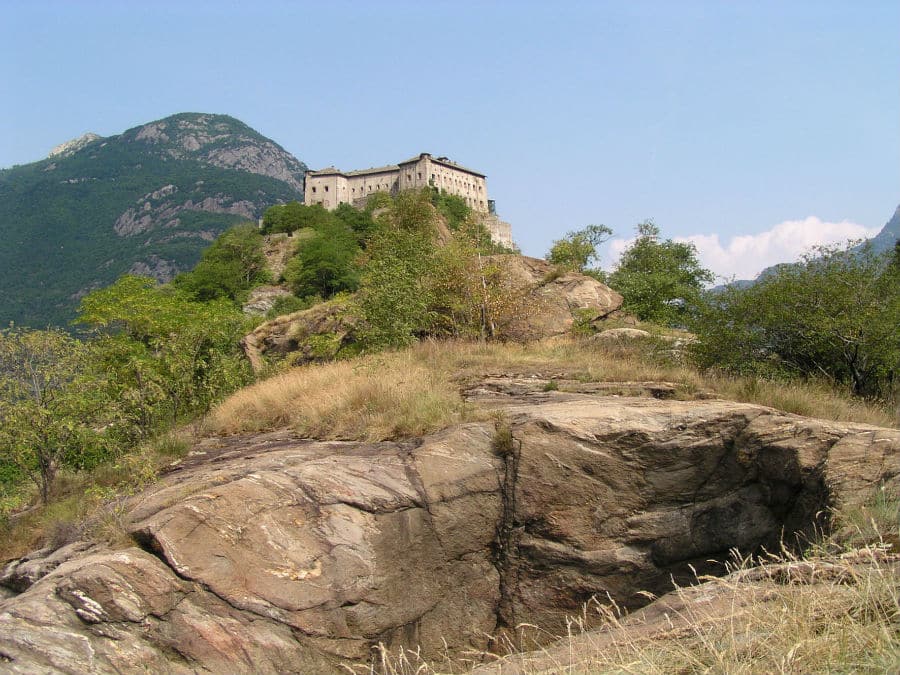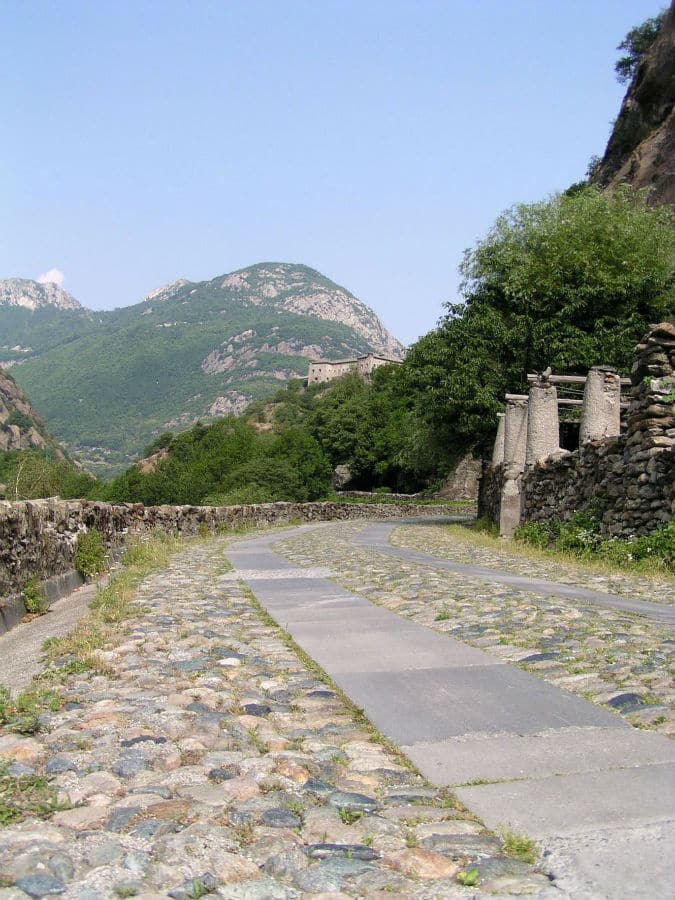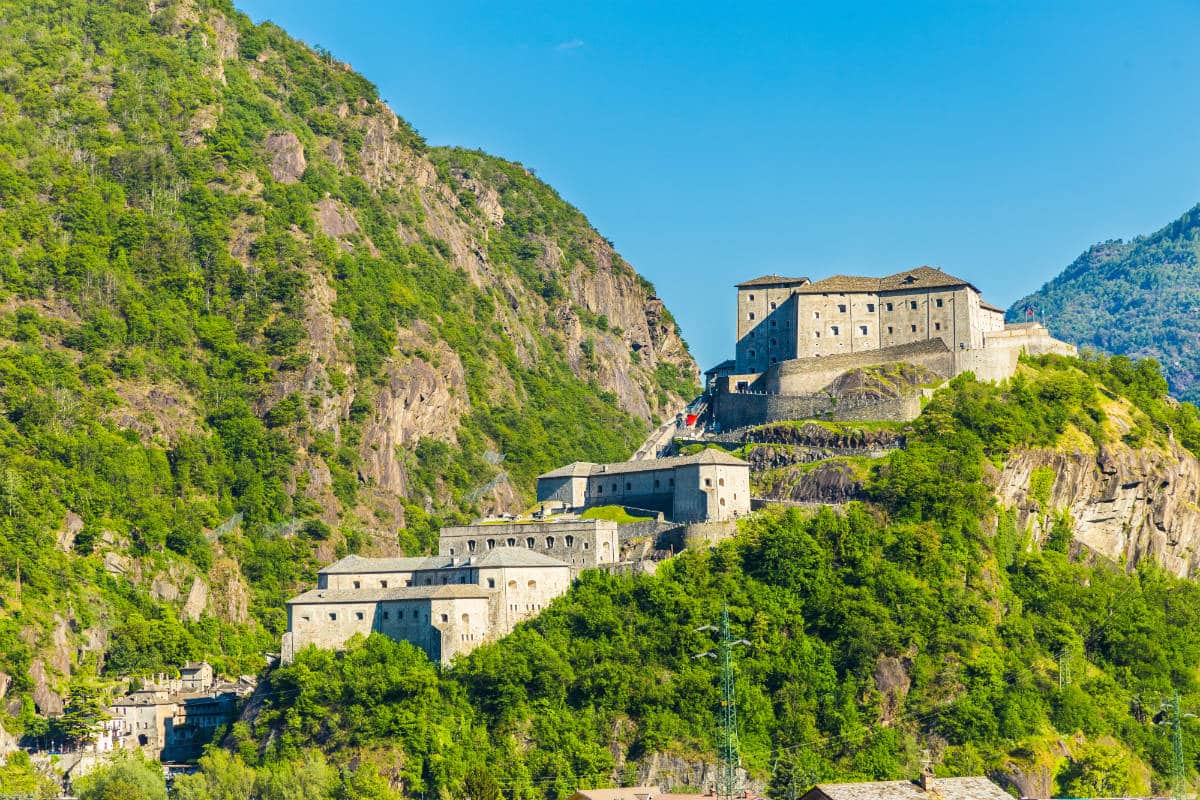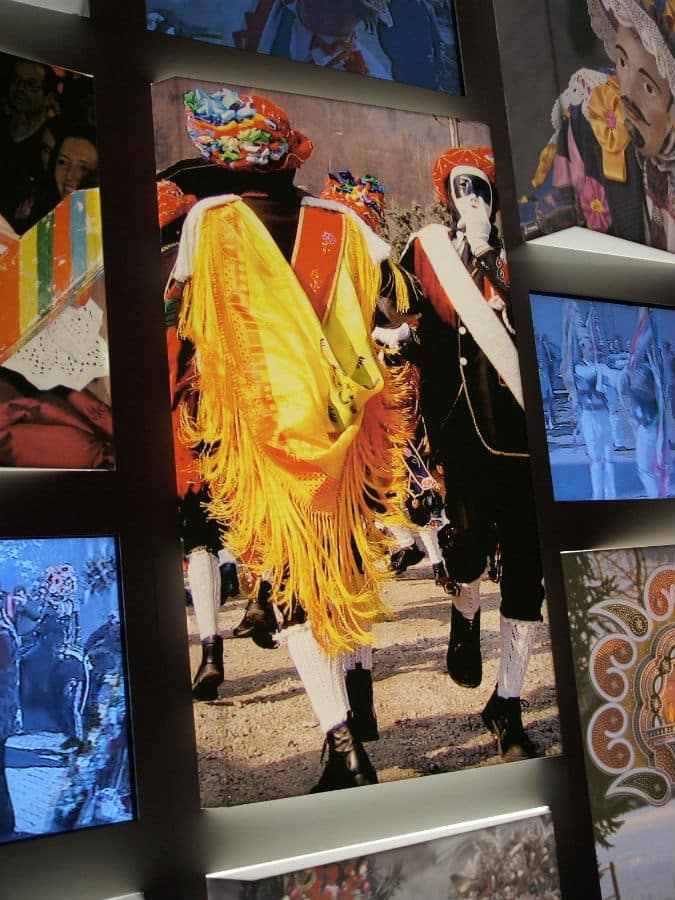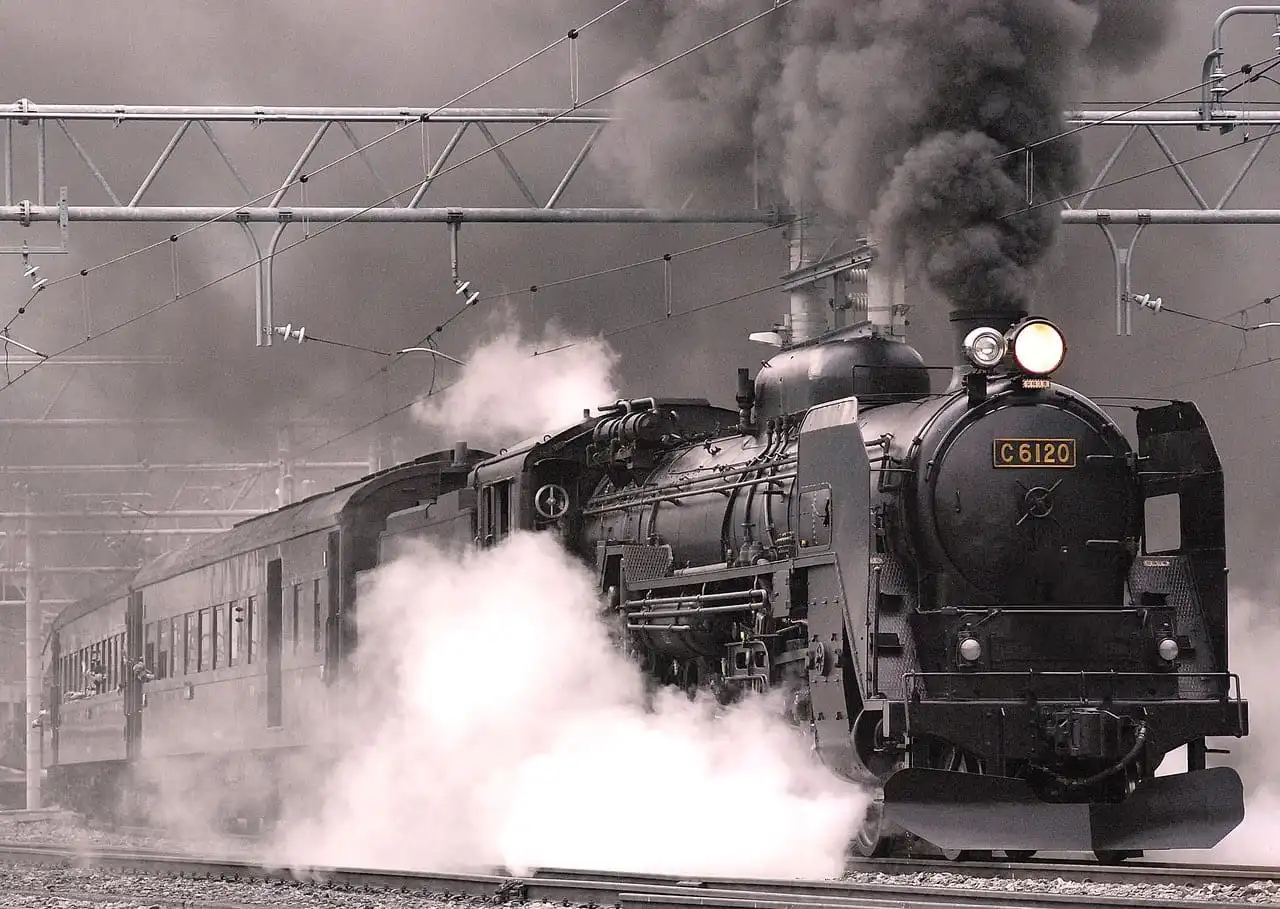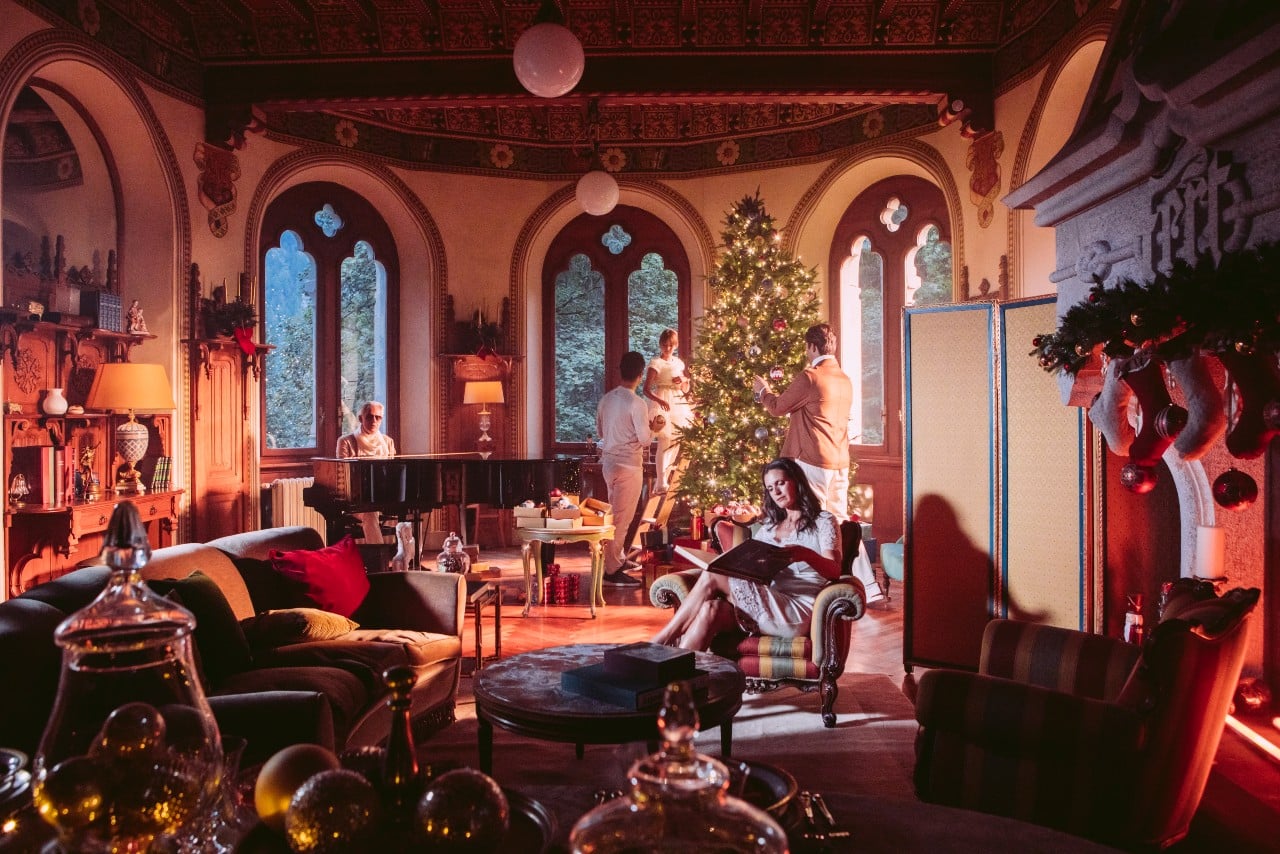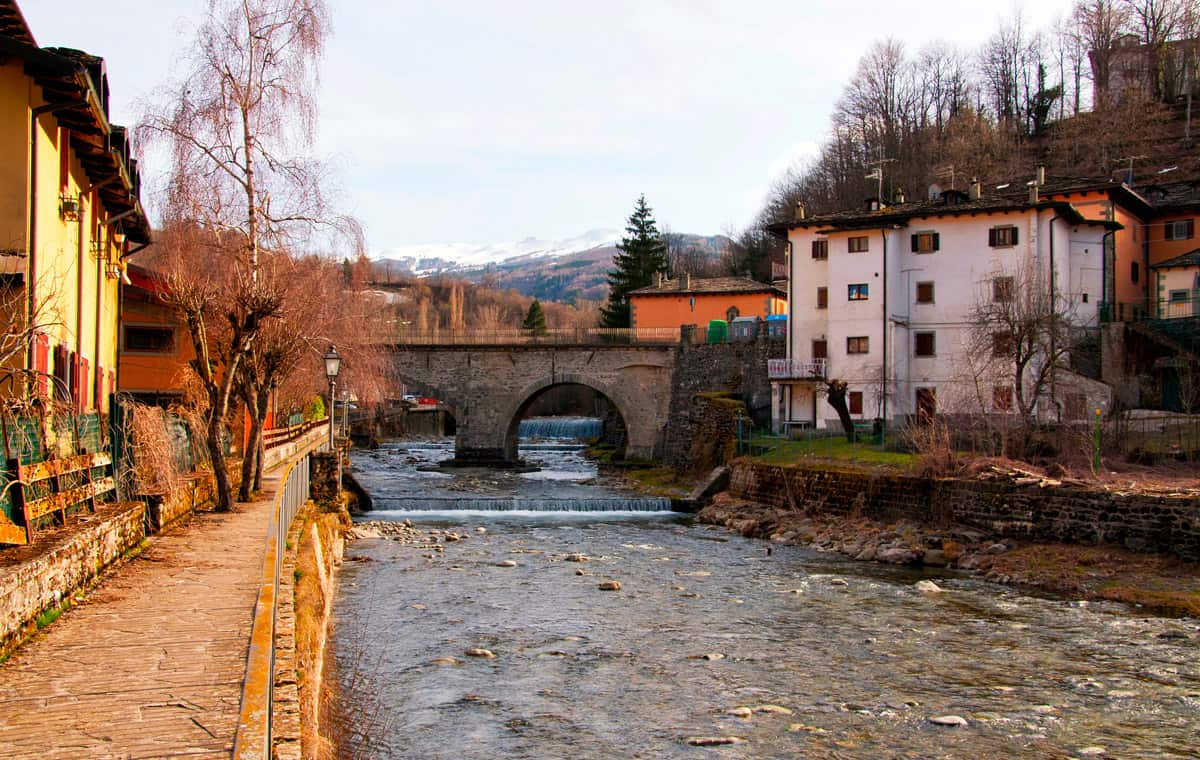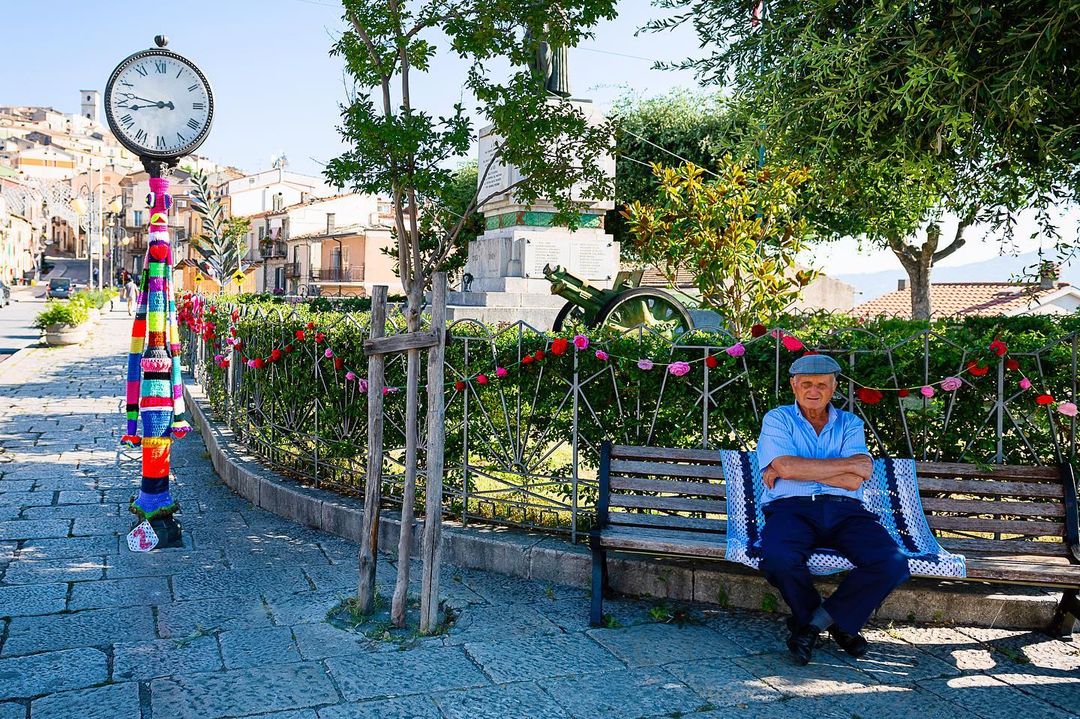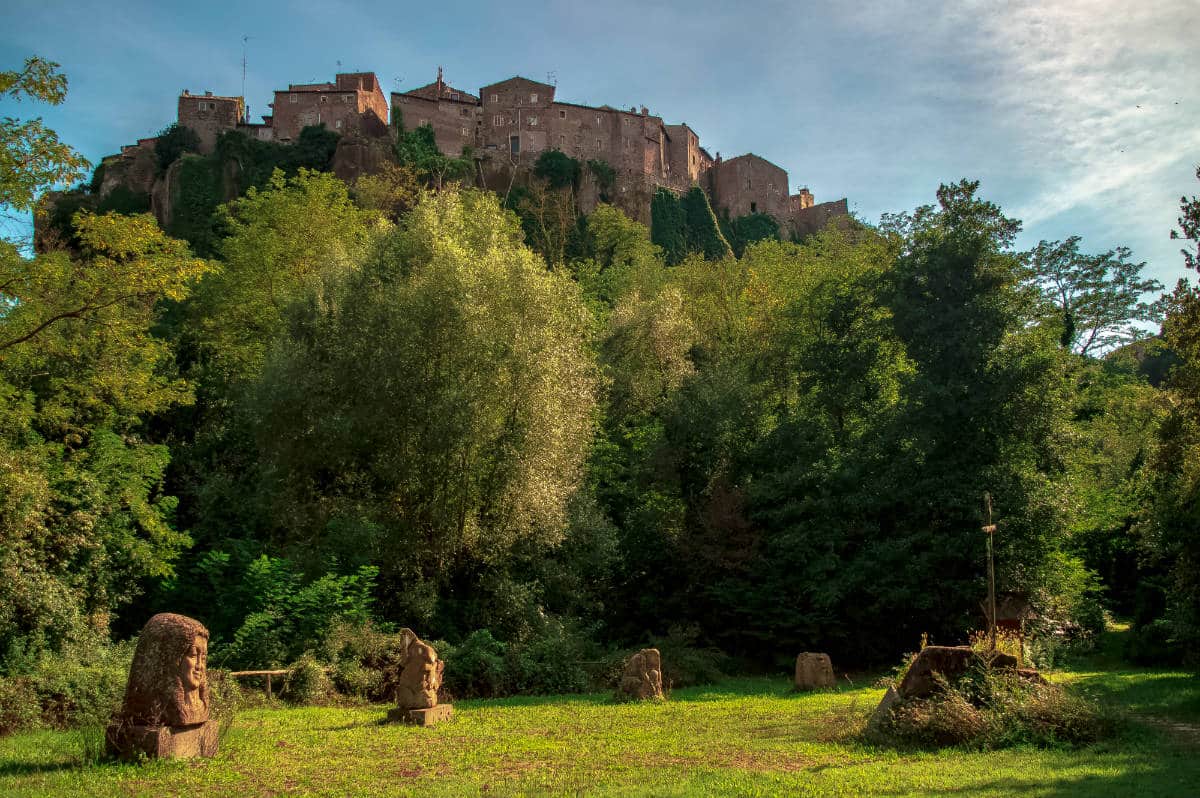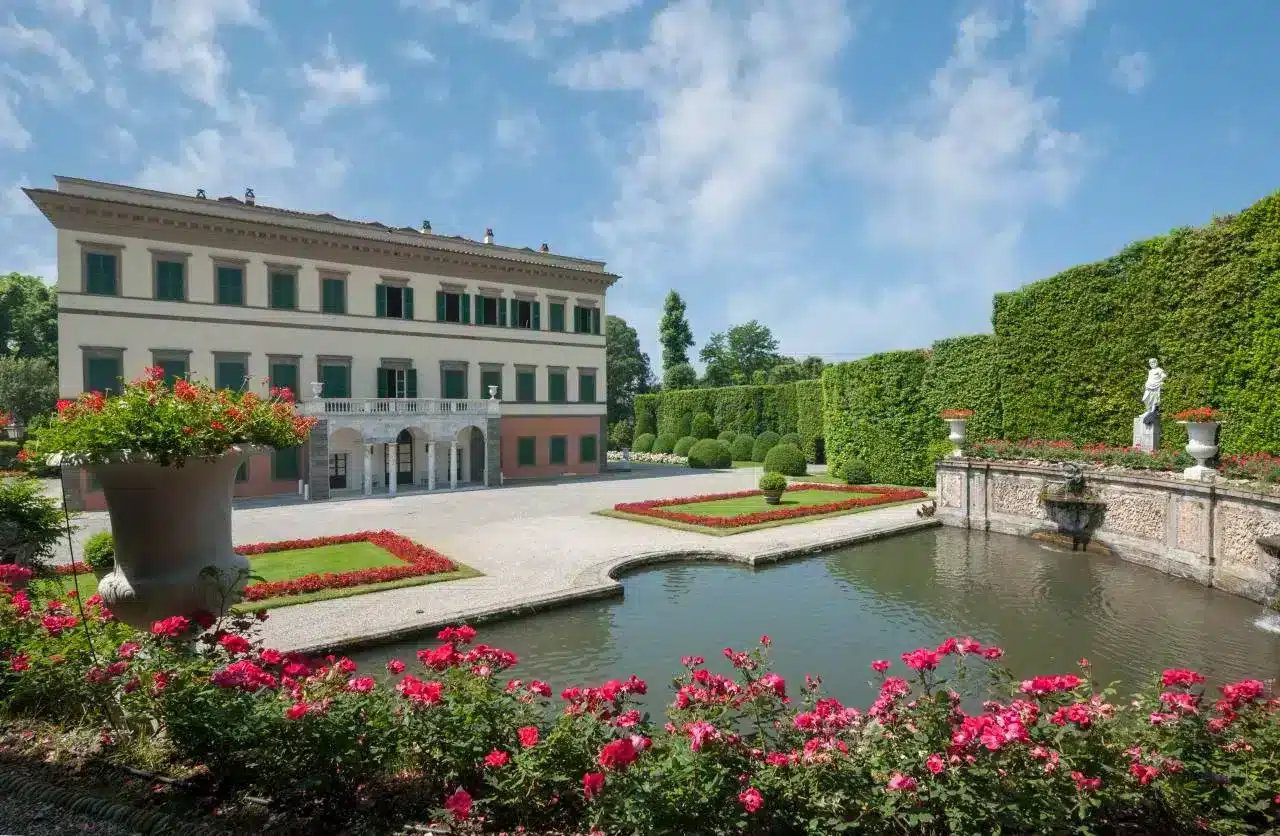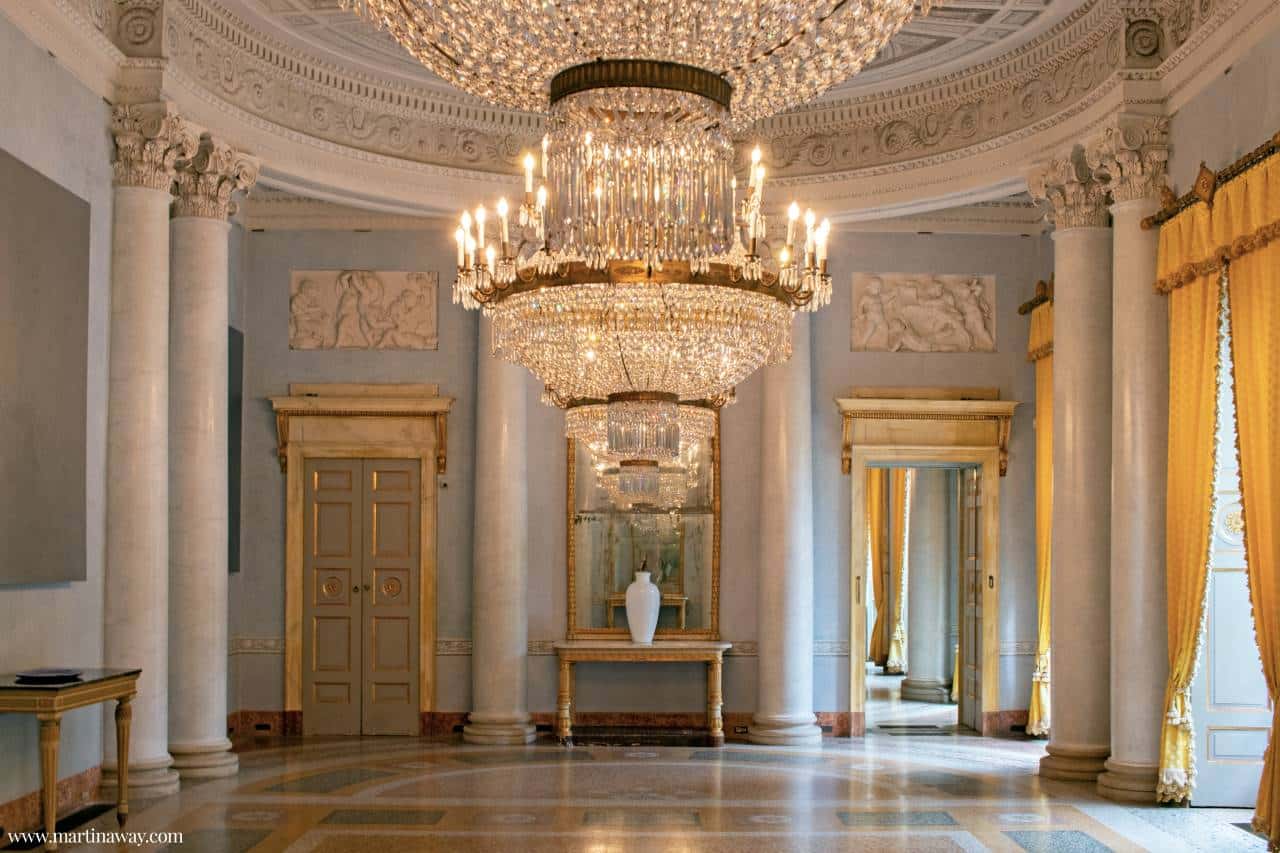Pont-Saint-Martin – Ph. Micheal Straus/flickr
Exploring the Aosta Valley means immersing oneself in a setting of unspoiled beauty, rich in charm and history. Here, in one of the jewels of the Alps massif, is the Cammino Balteo, a medium- and low-altitude hiking route that unravels among enchanting villages, silent vineyards, majestic castles and breathtaking views.
The Balteo Trail is not just a physical route, but an authentic journey that invites discovery: of oneself, of nature and of the culture of this fascinating region. It is a trek that consists of 23 stages of about 4-6 hours each, through diverse and fascinating landscapes.
Each stage of the Balteo Trail varies in length, ranging from 8 to 20 kilometers, while the uphill elevation gain can vary from 200 to 1,300 meters. The route runs through:
- Trails that climb through the mountains, offering breathtaking views
- Dirt roads that pass through vineyards and forests, allowing direct contact with nature
- Paved sections leading to the gates of villages and castles, witnesses to the history and culture of the place
This itinerary offers a balanced mix of natural and urbanized landscapes, allowing travelers to savor the authentic essence of the Aosta Valley.
The stages of the Balteo Trail
The Balteo Trail is structured as a grandiose loop following the course of the Dora Baltea, touching tributary valleys from the slopes of the Adret to those of the Envers. This incredible trail reflects the partially branched pattern of the great river’s catchment area.
The classic starting point for this walk is Pont-Saint-Martin, referred to as the gateway to the Vallée, but this does not mean that the journey cannot be undertaken from any other location along the route. The trek also touches the regional capital, Aosta, immersing the traveler in the beating heart of this history-rich region.
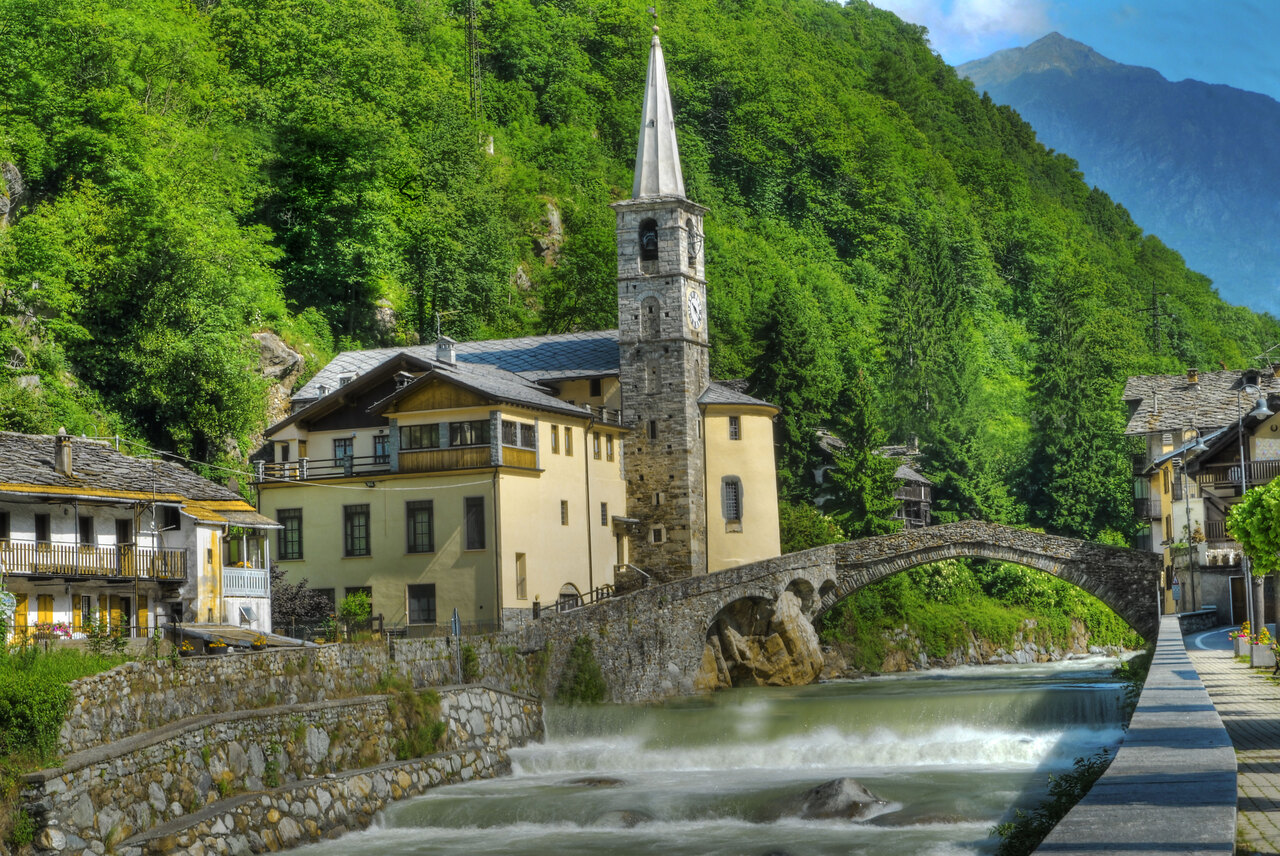
Fontainemore – Ph. Franco Leggero/flickr
The 23 stages into which the route is divided are not excessively long and always end in well-serviced towns that offer hospitality services and are connected by public transportation. Therefore, the Balteo Trail proves ideal for everyone: from the more athletic to those who prefer a relaxed and scenic walk, it passes through numerous villages, each with its own identity and charm. Here are the stops:
1 Pont-Saint-Martin➔ Lillianes
2 Lillianes ➔ Fontainemore
3 Fontainemore ➔ Donnas
4 Donnas ➔ Arnad
5 Arnad ➔ Challand-Saint-Victor
6 Challand-Saint-Victor ➔ Saint-Vincent
7 Saint-Vincent ➔ La Magdeleine
8 La Magdeleine ➔ Verrayes
9 Verrayes ➔ Nus
10 Nus ➔ Roisan
11 Roisan ➔ Arpuilles
12 Arpuilles ➔ Vetan
13 Vetan ➔ La Salle
14 La Salle ➔ Avise
15 Avise ➔ Introd
16 Introd ➔ Villeneuve
17 Villeneuve ➔ Aymavilles
18 Aymavilles ➔ Aosta
19 Aosta ➔ Fénis
20 Fénis ➔ Châtillon
21 Châtillon ➔ Verrès
22 Verrès ➔ Pontboset
23 Pontboset ➔ Pont-Saint-Martin
Each of these villages on the Balteo Trail is ready to tell its own story on a journey through nature, culture, and the local flavors of the Aosta Valley.
Castles along the Balteo Trail
Of great interest along the route of the Balteo Trail are the numerous castles surrounded by greenery, guardians of a past rich in history and culture. Let’s discover some of these fascinating manors:
- Fénis Castle: Located in the municipality of the same name, this is one of the most representative examples of a medieval castle in the Aosta Valley. Its battlements, quadrangular towers and majestic interior frescoes make it a true jewel of history and art.
- Issogne Castle: An emblematic example of a Renaissance stately residence, it is distinguished by its vivid and detailed frescoes, depicting scenes of daily life of the period, and its famous “pomegranate fountain.”
- Gamba Castle in Châtillon: Unlike the previous ones, this castle represents an example of 20th-century architecture. Erected in the neo-Gothic style, it is distinguished by its large windows and crenellated towers that recall those of medieval castles.
- Fortress of Bard: Impressive restored military structure that has now become one of the territory’s main cultural centers. It hosts art exhibitions, cultural events and the Museum of the Alps, as well as offering breathtaking views of the valley below.
- Saint-Pierre Castle: Recognizable by its extraordinary cylindrical tower, it is one of the symbols of the Aosta Valley. Formerly used as a fortress, given its optimal strategic positions, it now houses the interesting Aosta Valley Regional Museum of Natural Sciences.
Each castle represents a key stop on this historic-artistic journey into the heart of the Aosta Valley. They contribute to making the Balteo Trail not only a nature experience but also a fascinating and true look at the history and culture of these lands.
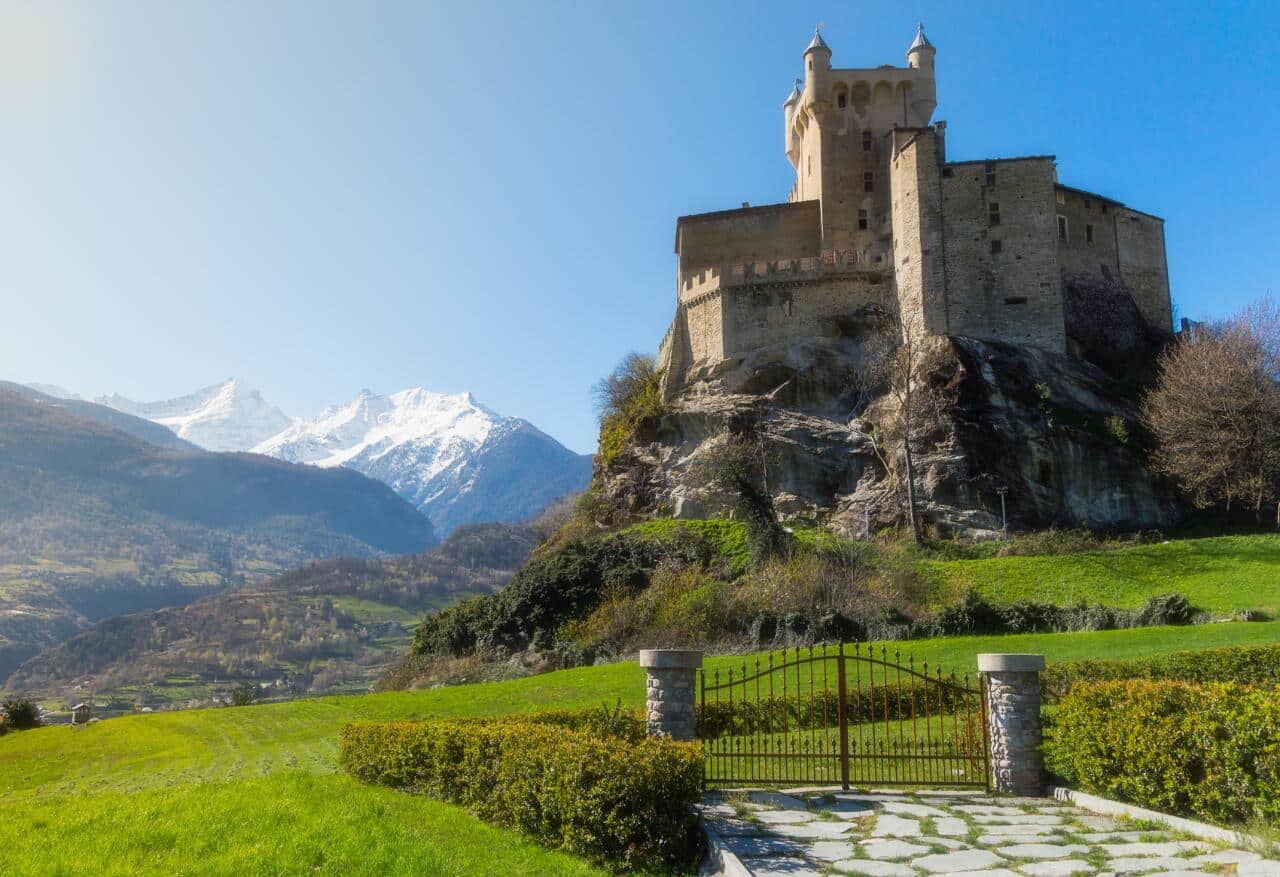
Castello di Saint-Pierre – Ph. Carlo Renatti/flickr
The Balteo Trail is a unique experience. Each stage is an invitation to discovery, a plunge into the past, an opportunity to enjoy the beauty of nature. This route is ideal for lovers of trekking, history and culture. It allows you to explore unforgettable landscapes, discover charming villages and vineyards, and appreciate natural panoramas of rare beauty, making it a must-do experience for any traveler visiting the Aosta Valley.


